Curry has spanned the globe as a result of colonization and immigration. If you enjoy curry, you’ve probably noticed that the term “curry” can refer to a variety of dishes or a spice powder. Doesn’t that sound confusing? In this post, we’ll cover everything you need to know about curry!
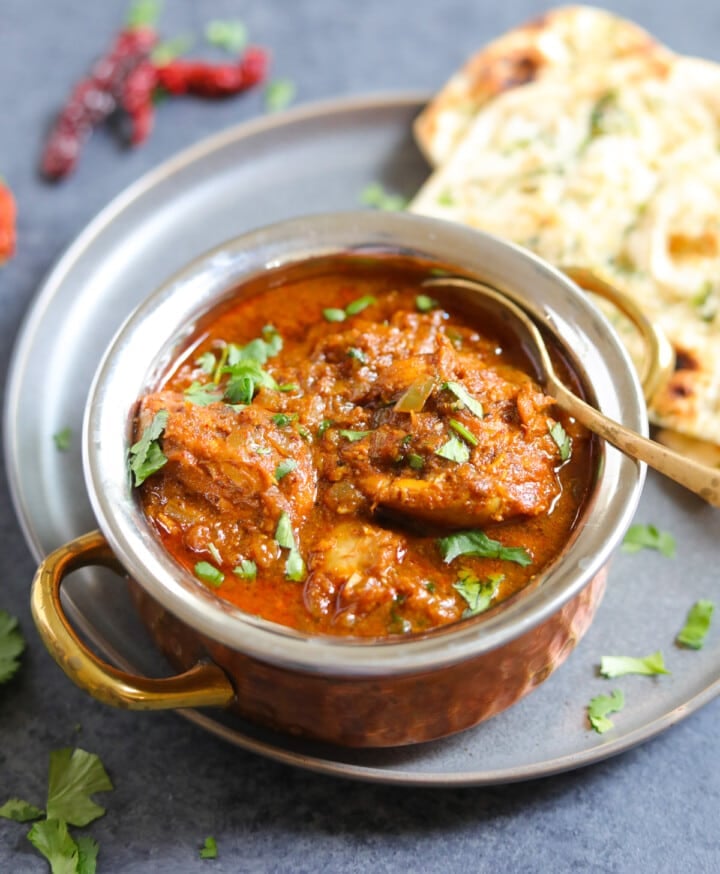
Table of Contents
- What Is Curry?
- History / Origin of Curry
- What Does Curry Taste Like?
- What Defines The Taste of Curry?
- What Does Curry Smell Like?
- What Are The Basics Of Making Curry?
- What Spices Go into Curry Mix?
- Does Curry Have Coconut Milk?
- Why Does Curry Taste Good?
- Facts About Curry – Did You Know?
- Types of Curry
- What Are The Various Popular Curries Around The World?
- Why is Curry Usually Yellow?
- Why does Curry Smell Linger?
- Recipes
- References
What Is Curry?
Curry is a generic term for gravy/ sauce-based dishes that include some combination of meat, poultry, seafood, vegetables, onions, fresh ginger, garlic, and other ingredients.
History / Origin of Curry
Curry is a sauce or soup served with rice that originated in the Indian subcontinent. The name “curry” comes from the Tamil word “kari,” which means “to eat with rice.” It’s made up of a variety of spices, with coriander, turmeric, cumin, and red chilies being the most common.
Curry has a fascinating history that spans several countries and their diverse cultures. Curries have been a staple of eastern cuisine for many centuries, from Southeast Asia to the Middle East to India. As can be seen today, it has spread from its humble beginnings to occupy a prime spot all over the world, and is enjoyed by people of various ethnicities and cultures.
Before British traders arrived on the Indian Subcontinent, the term curry existed in the English language, and it is possible that they simply applied it to meals that resembled the stews they were familiar with. The phrase is now used to refer to a variety of spicy, sauce-based foods cooked in diverse south and southeast Asian ways, particularly in the Western world.
What Does Curry Taste Like?
The curry’s rich earthy flavor derives from turmeric, which also contributes to its color.
Turmeric, also known as curcumin, has a pleasantly spicy flavor with a bitter aftertaste.
The flavor and taste of curry vary by location, depending on topography, ingredient availability, and people’s taste preferences.
The taste of curry also depends on the type of ingredients and spices used to make it. For example, the taste of a thai curry is much different than that of an indian curry.
What Defines The Taste of Curry?
There are numerous types of curry, each with its own spice blend and technique of preparation. As a result, the flavor of curry is determined by four key aspects. It’s about balancing all of these components, to get the most delicious curry.
Fresh ingredients: The flavor of freshly ground spices or herbs is usually stronger than that of dried herbs. For example, fresh garlic has a strong refreshing flavor as compared to dried powder.
I highly recommended to use fresh ingredients like herbs, vegetables, meats as opposed to pre-made mixes or frozen substitutes, to get the best flavor and texture for any curry that you are making.
Type of fat: The type of fat used for curry preparation can have an impact on the flavor. A curry prepared in mustard oil tastes very different from the one prepared with ghee.
Types of spices: The flavor of your curry will vary depending on the spices you select to make it. Spices are available in a wide range of intensities and flavours. Mild spices like coriander, cumin, pepper, and fenugreek are often used in everyday cooking.
To generate a powerful flavor and taste, cardamom, star anise, cloves, nutmeg, and some other exotic spices are used.
Quantity of Spices: The quantity of spices used in curry also influences its flavor. The correct amount of spices or condiments according to the recipe is essential to curry making.
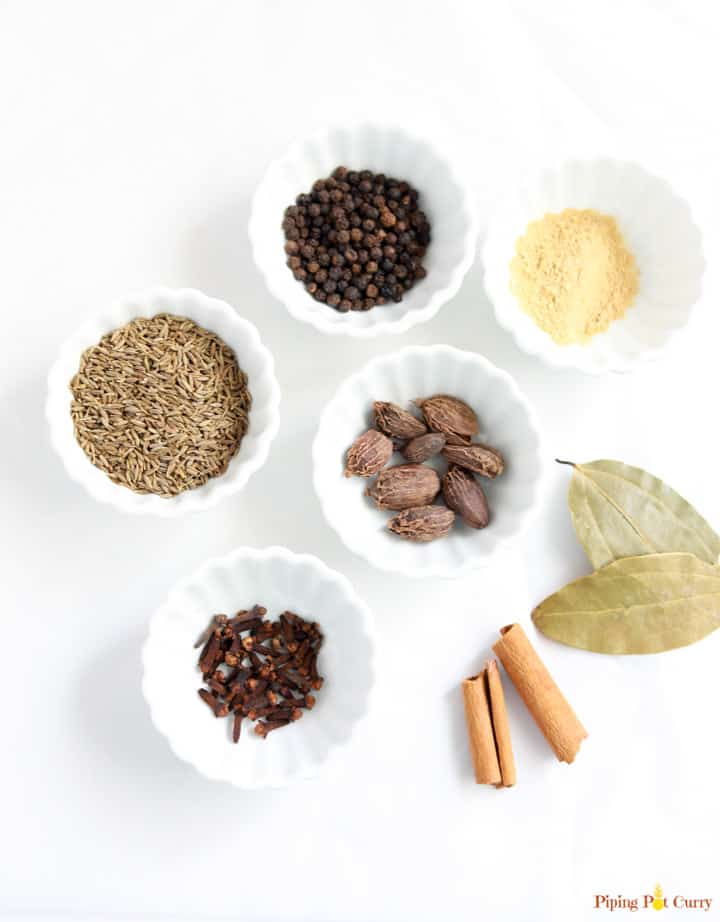
What Does Curry Smell Like?
The spices and aromatics such as turmeric, asafoetida (hing), cumin, onion, ginger and garlic are added to smoking hot oil to make curry. When these aromatics are introduced to the hot oil, they release their aroma and essential oils.
The aroma of the curry comes from the aromatics, spices, and herbs used in its preparation.
Most often, the strong smell of curry is due to the addition of onion, garlic and spices.
What Are The Basics Of Making Curry?
Despite all of the different spice and herb combinations that can be used in a curry, there are some basic rules to follow to ensure you’re only making a curry.
- Almost every curry recipe begins with a base of ginger, garlic, and onion.
- Some form of fat, such as oil, butter or ghee is required to sauté and enhance the flavor of the spices and aromatics.
- Cumin, coriander, bay leaf, cinnamon, curry leaves, pepper, and fenugreek seed are just a few of the spices you can experiment with.
- Acid ingredients like tomatoes, lemon, yogurt or tamarind can be used to give taste and acidity to the dish.
- It’s crucial to balance the degree of heat in any dish by utilizing chilli and peppers.
- You may make your curry with seafood, meat, tofu, paneer, lentils, legumes, and vegetables.
- If you are wondering about how to make a delicious thick curry, check out my post about how to thicken curry.
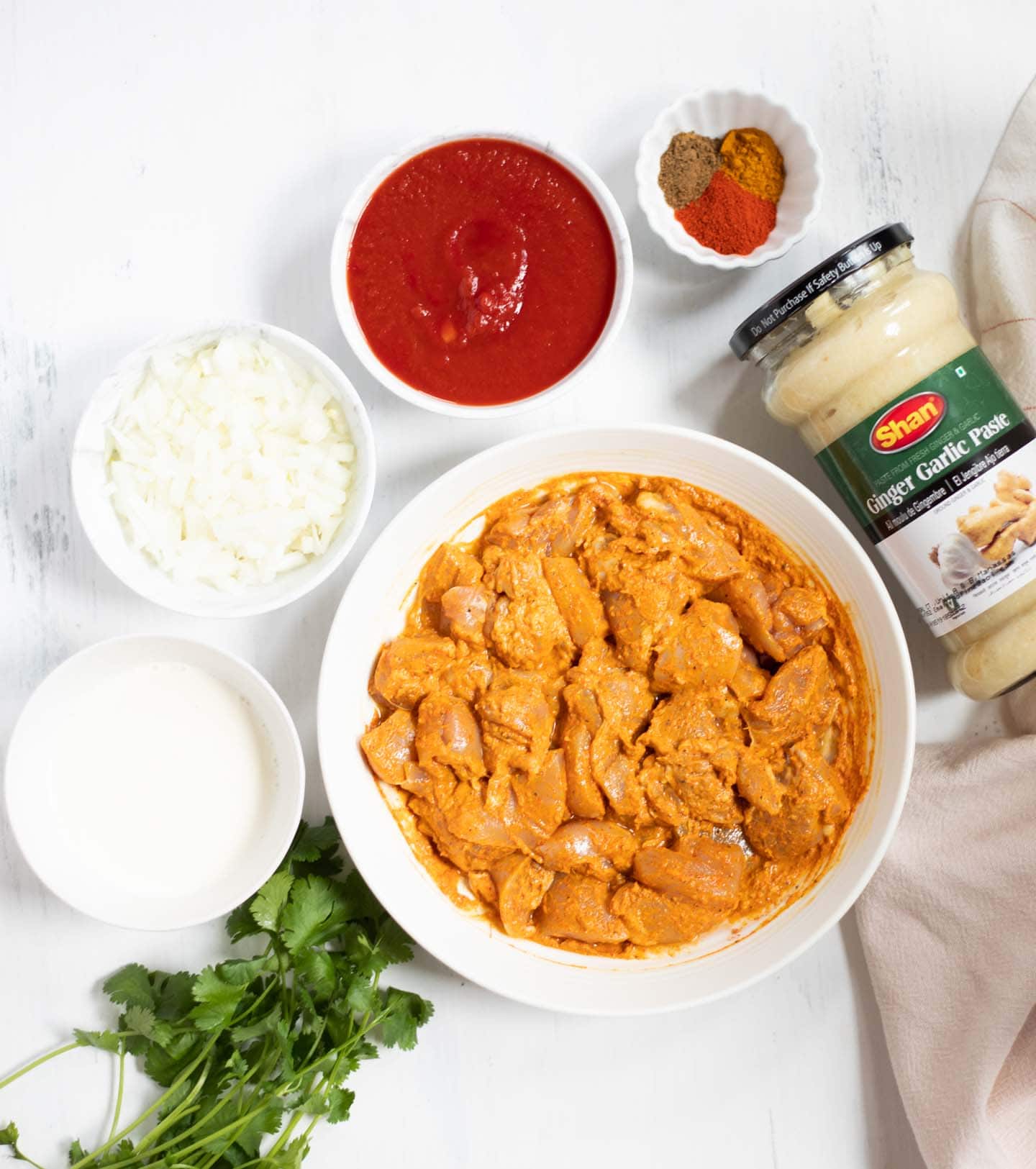
What Spices Go into Curry Mix?
Curry mixes are typically made with turmeric, cumin, coriander, and chili peppers. Garlic, nutmeg and cinnamon are also used in some blends. What all curry powders have in common is a sweet warmth and delightful pungency that adds richness to the curry. No two curry powders are alike.
While Indian-inspired curry powders receive the most attention, there are a variety of curry powders from around the world, each with its own distinct flavor profile.
Garam masala is an Indian spice blend that is similar to curry powder but contains more potent ingredients such as nutmeg, black cardamom, and cloves.
Thai curry powder has an acidic profile because of lemongrass and lime leaves, whereas Caribbean curry powder has a sweeter flavor with spices such as anise and allspice.
Does Curry Have Coconut Milk?
In India, adding coconut milk to a curry dish is not as common. People in the north frequently add only water or a small amount of cream and butter. Most Indians use blended tomatoes or onions to thicken the consistency. Some curries also use cashew paste for thickening.
South Indian curries like Avials and Kormas are more likely to include coconut milk for a hint of sweetness.
Thai curries on the other hand use coconut milk as their base liquid, thus selecting the proper sort and quality of coconut milk is critical. The coconut milk thickens the curry slightly while maintaining its soup-like consistency.
Why Does Curry Taste Good?
Using a variety of ingredients and spices is the key to preparing a wonderful curry. To bring the curry to life, a “Tadka,” or tempering, is added at the final stage of the cooking process. Sugar, lime, yogurt, are used to balance out the heat.
A few curries need a significant amount of time and effort to prepare. But with the instant pot, it’s significantly easy to pull it off for a weeknight dinner. When ingredients like cardamom, red chilli peppers, tomatoes/tamarind, and other spicy components are used, the resulting flavor combinations are unlike anything else in the world.
When combined, these ingredients in Indian curries have less overlapping flavors, and each ingredient provides a distinct flavor to the finished dish.
However, curry is an acquired taste; and you start to appreciate it as you keep trying and experimenting.
Facts About Curry – Did You Know?
- There are an estimated 10,000 curry eateries in the UK, accounting for two-thirds of all takeaways!
- The first documented English curry recipe was published in 1747 in the book “The Art of Cookery Made Plain and Easy.”
- The largest curry ever produced, according to Guinness World Records, weighed 15.34 tonnes (33,838.9 lb) and was cooked by the Indian Chefs and Culinary Association in Singapore on August 1, 2015.
- The iconic ‘Flaming Fiery Phaal,’ which is created using two of the world’s hottest chilli peppers, the Scorpion and Naga peppers, takes the title of hottest curry.
Source: https://curryculture.co.uk/10-facts-about-curry/
Types of Curry
With its global popularity and the many cultures that celebrate and enjoy curry in their cuisine, we believe each curry recipe is truly unique.
Curry is undeniably a comfort food of choice, that mostly everyone enjoys at their favorite restaurant, whether you like it mild or extra spicy. And, thanks to the rise of vegetarian and plant-based curries, an increasing number of people are discovering and appreciating its delectability.
Indian curries, in particular, are well-known throughout India as a dish that brings people together. This trend has spread to many regions with large Indian populations, and most people associate the word “curry” with wonderful Indian cuisine.
When comparing Thai curries, you’ll notice that they all have one or two elements in common. Red, yellow, green, massaman, and panang curries are among the most popular. These curries differ by region, but they share common ingredients, such as chillies, vegetables, and spices.
What Are The Various Popular Curries Around The World?
I don’t believe if there is a single location on this planet that does not serve some form of curry. Let’s find out at how different countries have developed their own distinct curry.
India
Local specialties and traditions vary from state to state and community to community, making Indian cuisine incredibly diverse and complex. Murgh makhani, popularly known as butter chicken around the world, is one dish that can be found on restaurants all around the country.
Another well-known curry is vindaloo, which is a must-try. Other delicious curry dishes are: creamy korma, dhansak, roganjosh, chana masala etc. Serve them with naan for a wonderful meal.
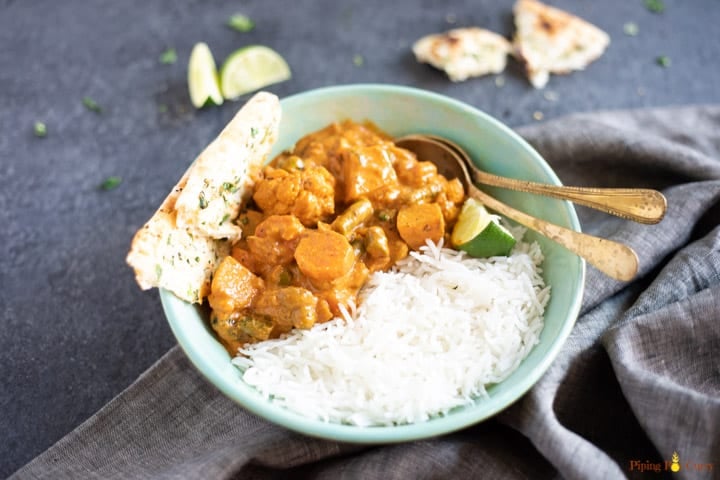
Srilanka
Srilankan Curries frequently use ingredients such as coconut milk, tamarind, green chilli, mustard seeds, coriander, and cumin, though flavors vary greatly.
Popular curries include parippu (dal curry), polos (green jackfruit curry), rich red kukul mas (chicken curry), white chicken curry (usually made with aromatic lemongrass and pandan leaves), and ambul thiyal (sour fish curry). The curries can be extremely spicy.
Pakistan
Curry is extremely popular in Pakistan, with dozens of varieties ranging from the well-known slow-cooked haleem (a stew-like dish of wheat, barley, meat, lentils, and spices) to spicy karahi (made with garlic, spices, vinegar, tomatoes, and onions with mutton or chicken), bitter gourd curry, saag (a spiced puree of spinach and mustard greens), chickpea curry. A few other curries are: aloo gosht (meat and potato curry), mutton korma, lobia dal (black-eyed peas curry).
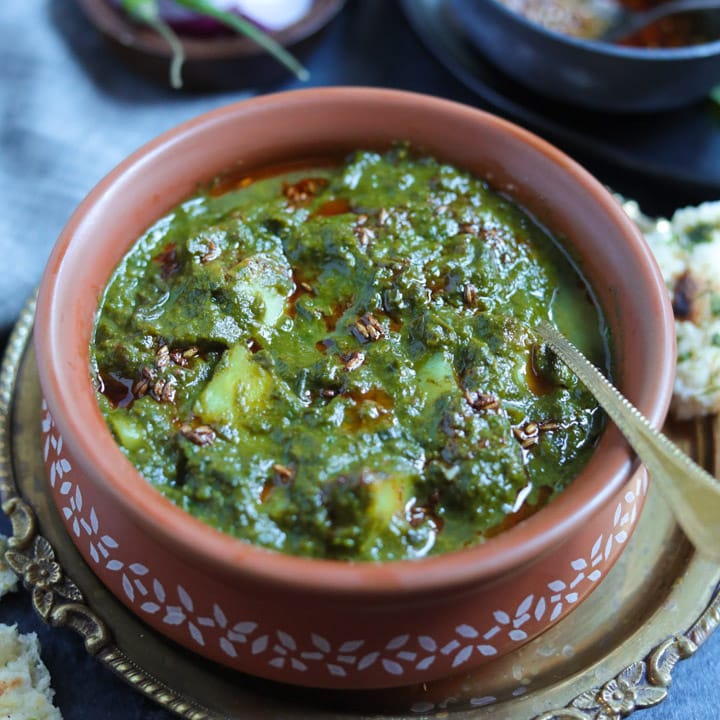
Thailand
Thai curries, which are primarily cooked with coconut milk, vary greatly across the country. Spices and herbs like tamarind and garlic, shallots, ginger and lemongrass predominantly give the flavor in these curries. Thai curries come in different colors – red, yellow, and green, and aim to strike a balance of sweet, sour, salty, and spicy flavors.
Thai curries are distinguished by the presence of fermented shrimp. The other popular curries are: Massaman curry from near the Malaysian border, and slightly sweeter Panang curry from the north.
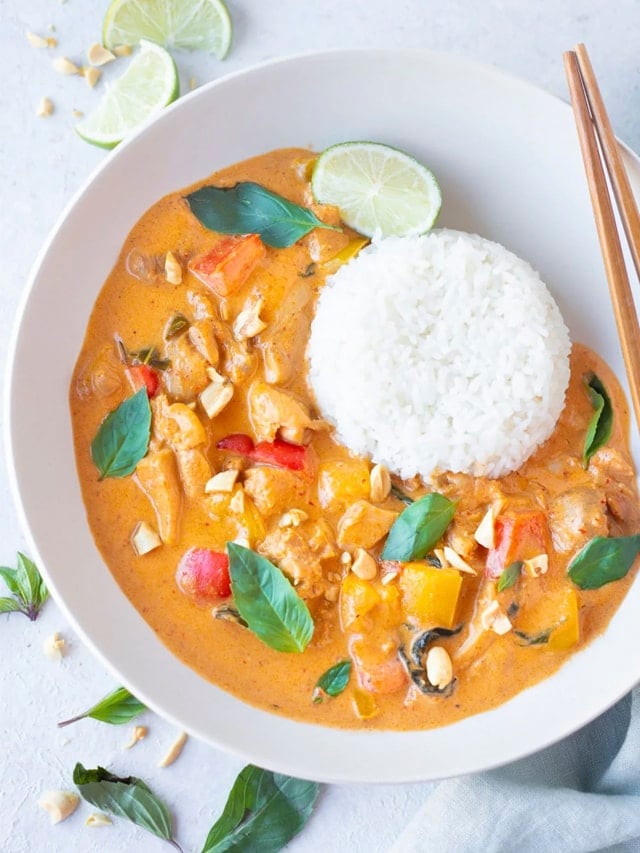
Malaysia
Malaysian curries are as varied as they are delicious. Rendang (beef or chicken is cooked in a sauce of coconut milk, lemongrass, ginger, and cinnamon) is another popular dish in Malaysia and Indonesia, especially during holidays and festivals. Kari ayam (bone-in chicken curry) and curry chicken kapitan (chicken sauteed in curry paste) are tradiitonal favorites from Malaysia.
Indonesia
The sheer range of curries available across the country is amazing, with cuisines evolving based on local meats and veggies. Some popular curries from Indonesia are gulai kambing (a thick, spicy coconut milk-based lamb curry), kari ayam (chicken curry), and the world-famous rendang, gulai otak (brain curry), gulai kepala ikan (fish head curry), and gulai cubadak (unripe jackfruit curry).
Japan
Kare raisu, a mild and thick Japanese curry, is eaten throughout the country and is even considered their national dish. This curry has chunks of stewed beef, onions, and carrots over a bed of rice and is usually cooked with pre-made spice mixes or curry roux. The ever-satisfying katsu karē, a hearty dish of crispy fried pork cutlets and a thick, brown gravy over rice, is another popular form of curry in Japan.
South Korea
Curry is said to have first appeared in the Korean cuisine after World War II. Curry rice (beef stew with carrots, potatoes, and onions served over rice) and curry tteokbokki (stew-like gravy with tteok (rice cakes), fish cakes, veggies, and eggs) have become two of the most popular home-cooked meals in Korea.
The Carribbean
Curry in Trinidad and Tobago is a national identity. The curries are made with Crab, shrimp, duck, chickpeas, potatoes – and lobster for special occasions. The curries use a lot of cumin and are served with roti on the side.
A typical Trinidadian spice mixture contains a lot of cumin, coriander, fenugreek, and turmeric. Similarly, in Jamaica, a fusion of British and Indian influences resulted in a regionalized version of curry goat.
South Africa
From tomato-infused chicken curry to slow-cooked lamb curry, there are a variety of sweet and savoury curries in South Africa. Durban curry is a spicy, oily, powerful red curry cooked with lamb, chicken, fish, and crab. The well-known “bunny chow” is a bread bowl filled with curry and topped with Indian pickles.
The UK
In the United Kingdom, curry is extremely popular. “The British love their curries – the tikka masala was invented there. Curry is still considered an unofficial national cuisine.
You can find fiery vindaloos, mild and creamy chicken tikka masala, tomato-packed Madras curries, rogan josh, red-hot chicken jalfrezi, and creamy korma easily whether you’re dining at a casual curry house or an elegant Indian restaurant.
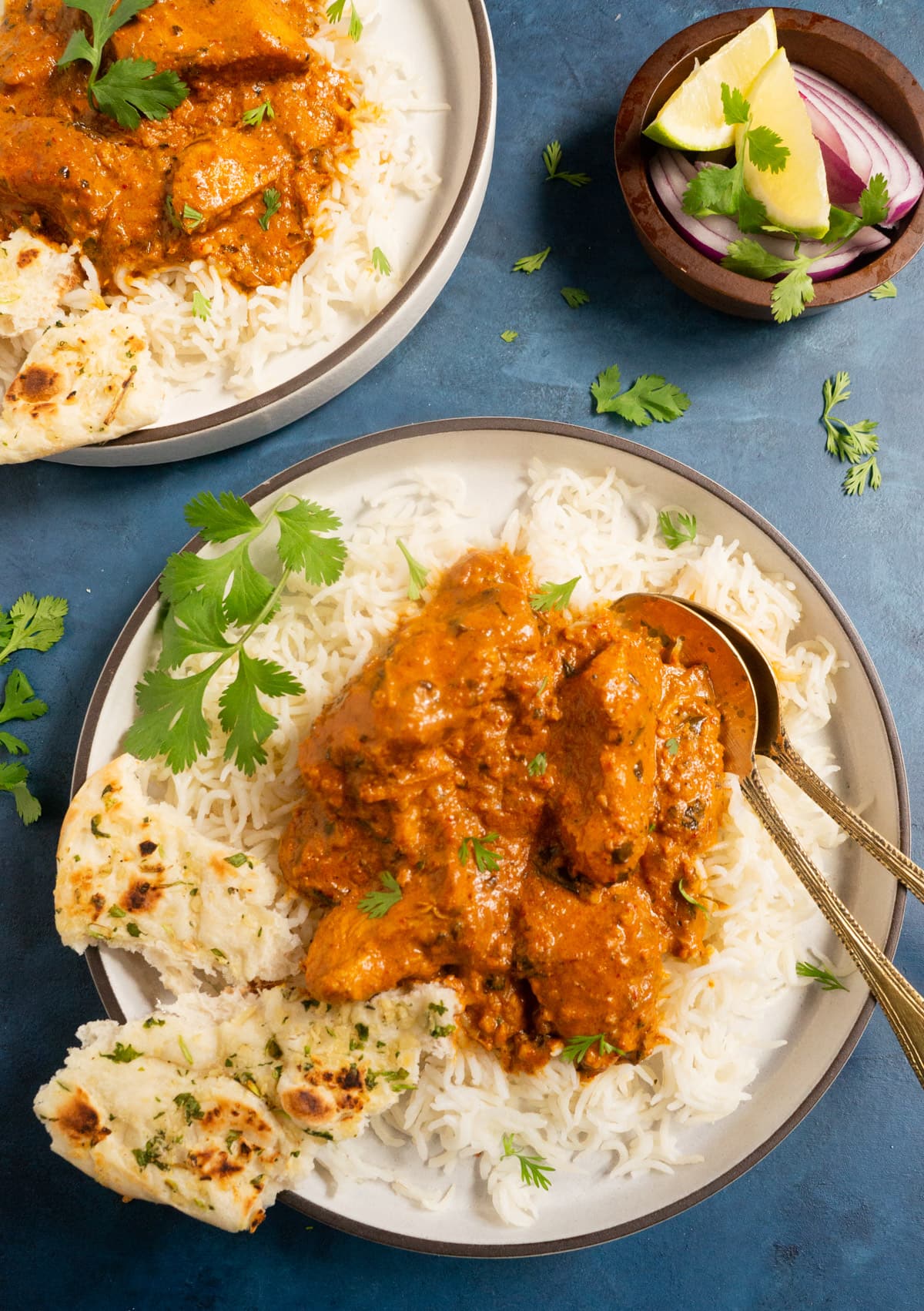
Why is Curry Usually Yellow?
The golden yellowish color of the curry comes from turmeric powder. Turmeric has anti-inflammatory properties. It also adds an earthy flavor to the dish. You only need little quantities of turmeric to produce the yellow color.
Why does Curry Smell Linger?
The curry base contains a lot of aromatics including ginger, garlic, and onion. Garlic and onions both contain sulphur compounds that have an unpleasant odour that doesn’t go away easily.
The pungent odor of curry lingers long after the food has been cooked at home or purchased as take-out. Curry contains spices that release fat-soluble oil, which gives off a strong aroma. Because the oil vapour is absorbed by fabrics and other porous surfaces, it is difficult to get rid of this odor.
Recipes
You can easily master a curry at home, trust me there’s no secret to it’s success. Just scroll over through some our favorite curries below and get cooking:
- Instant Pot Chicken Tikka Masala
- Instant Pot Keema Matar (Ground Chicken Curry)
- Coconut Chicken Curry
- Mom’s Chicken Curry
- Salmon Tikka Masala
- Butternut Squash Curry with Spinach
- Thai Green Curry with Tofu & Vegetables
- Black-Eyed Peas Curry (Indian Lobia Masala)
- Chickpea Curry with Spinach (Chana Saag)
- Vegan Panang Curry with Tofu & Vegetables
- Paneer Jalfrezi

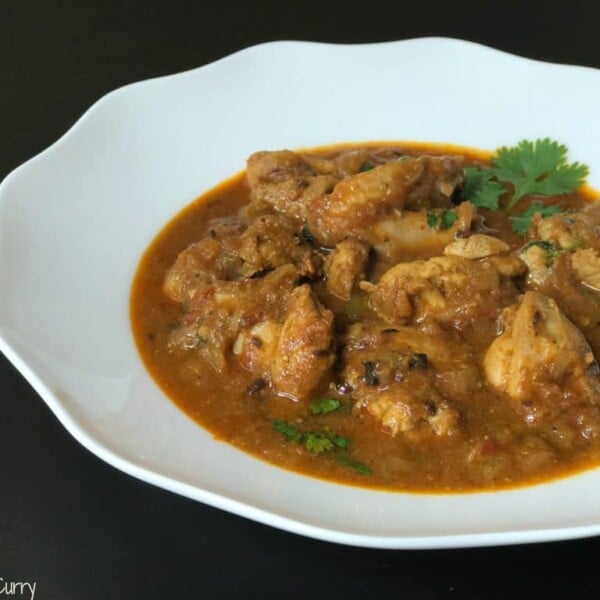
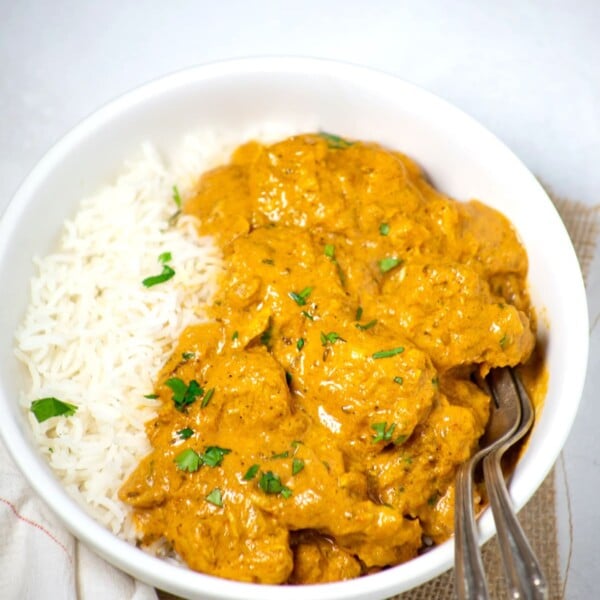
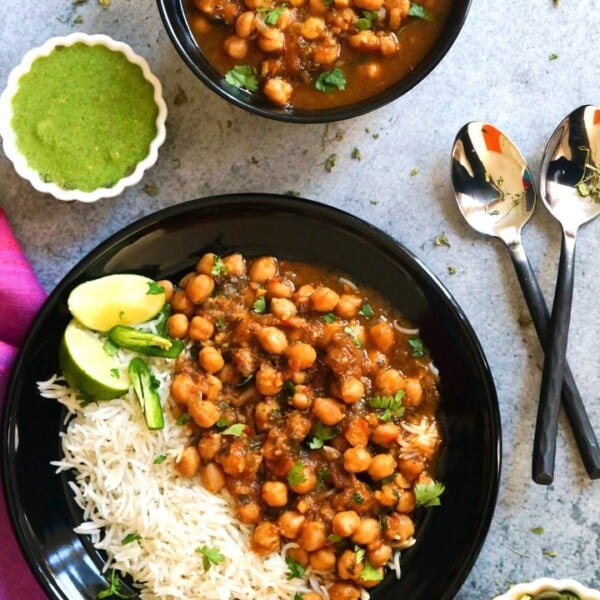
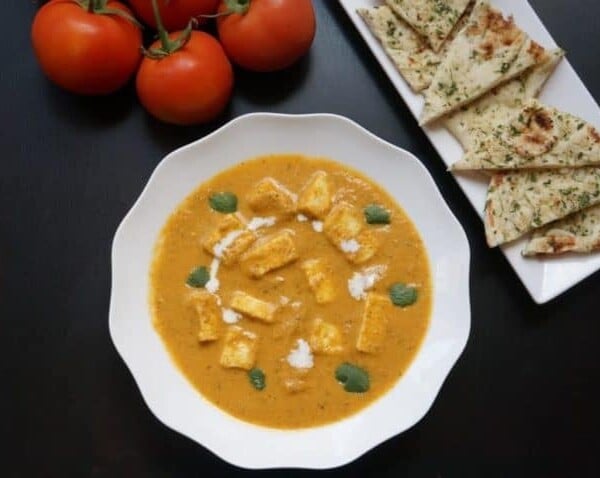








I truly agree with your statement about what curry is.